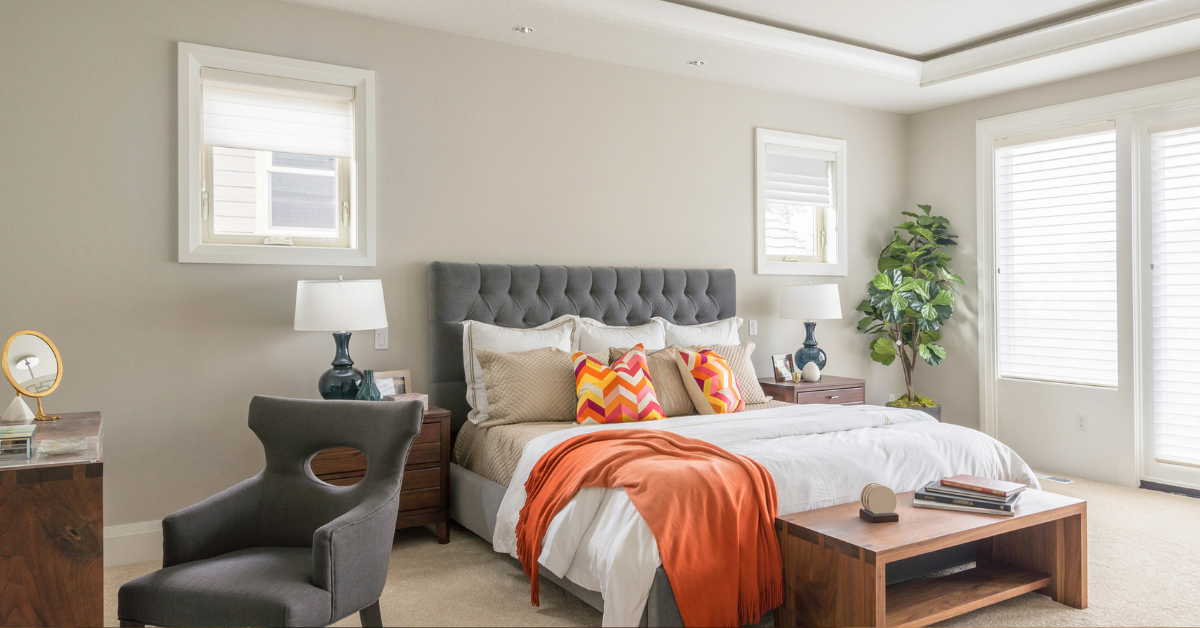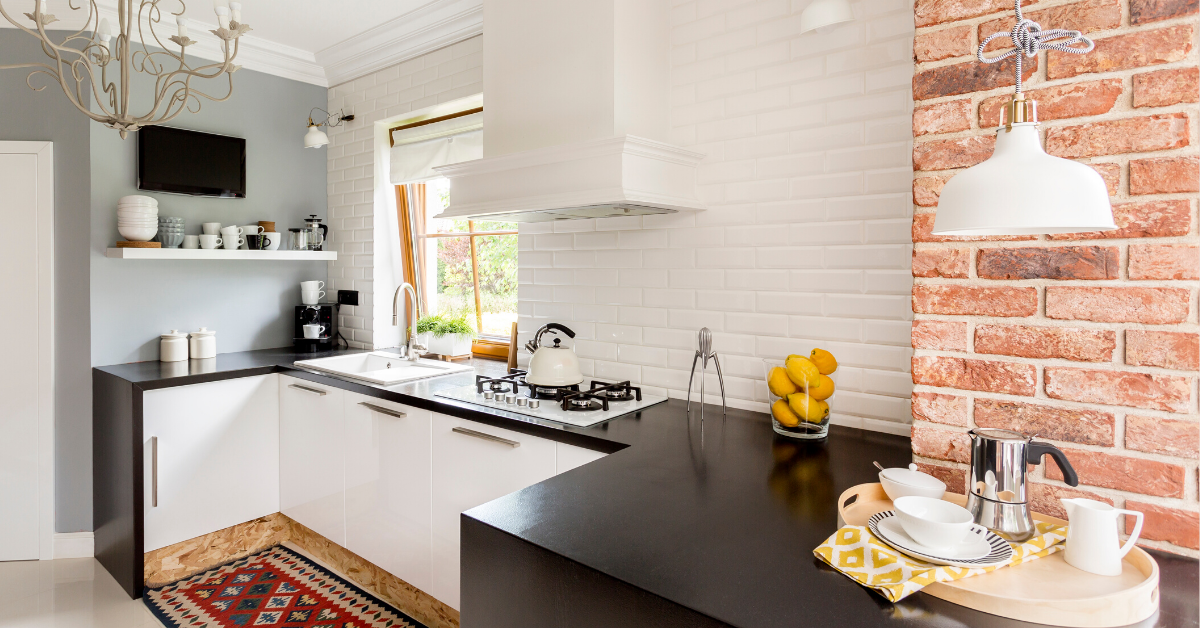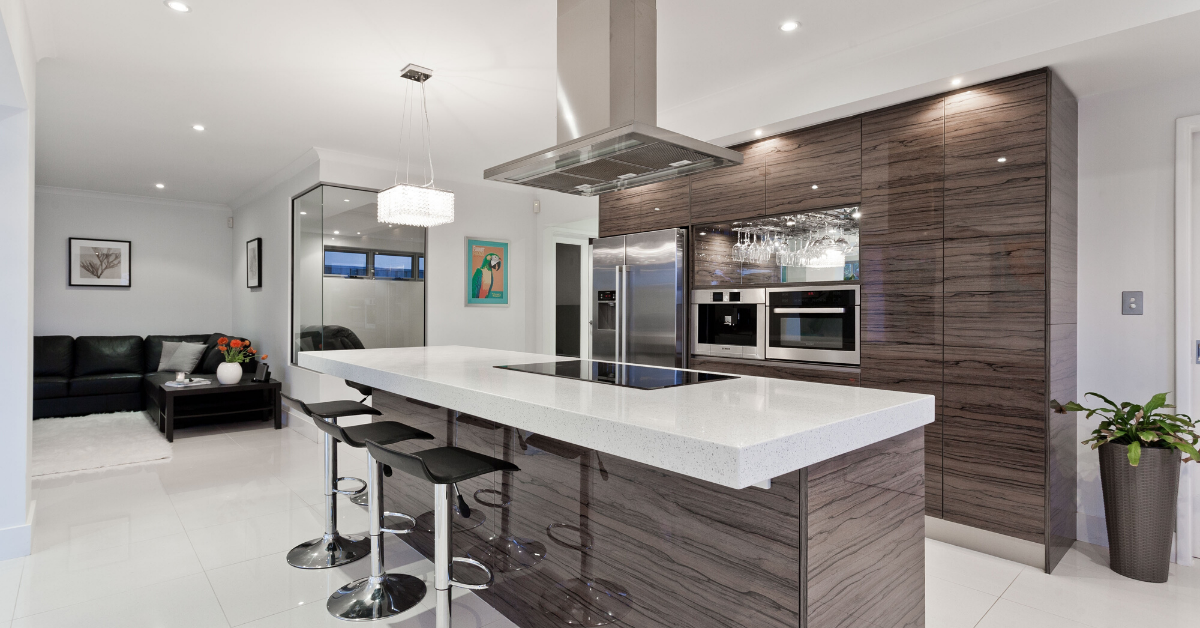
Your bedroom should be your personal heaven in your home. Everything about your bedroom should make you feel at peace, relaxed and content: a comfortable bed, clean sheets, a cool environment and of course, the proper lighting. A properly-lit bedroom is crucial for sound sleep; there’s nothing better than having the right environment in your bedroom so that you can rest properly after a hard day’s work. That’s why you should read this perfect lighting for your bedroom guide.
One of the biggest decorating mistakes we can make in our home is to end up with a brightly-lit bedroom that is cluttered and uncomfortable. Modern bedrooms should be functional and restful at the same time; if you use your bedroom for purposes other than sleeping, you’ll need it to have diverse lighting options.
If you are wondering about the kind of lighting to put in your bedroom, you’ll learn everything here.
- Layer the Lights in the Bedroom
The lights in your bedroom should always be added in layers. Layering your lights means to find the right ambient and accent in lighting; you can have different kinds of light in the same room with just a single click. With some special lights, you can create different moods and environments in your bedroom.
You can buy these special lights to install in your bedroom yourself; alternatively, an interior decorator can do it for your bedroom. With these lights, you can make your bedroom bright when you need it to be, and dim when you need to rest.
- Keep your Bedroom Size in Mind
The size of your bedroom is quite important when it comes to lighting. If your bedroom is extremely small, all you need is a few lamps placed strategically around the room, enough to give you a little light to see what’s around. If your bedroom is only for sleeping, napping and resting, you won’t need more than one or two lamps to give you a dimmed source of light. If this is the case, you don’t really need any light on the walls; a bedside lamp or two is all that you need.
For a bigger bedroom, you’ll need more sources of light. Even if you don’t want bright wall lights, you can place a few bedside lamps, table lamps and standing lamps around the room.
- Decide on the Types of Lighting
Mainly, you can see three types of lighting in a bedroom: task lighting, accent lighting, and general lighting.
Task lighting is used for reading, sewing, working on your laptop, writing or knitting in your bed. This kind of lighting can be found via spotlights and lamps beside the bed that you can turn off when you want to sleep. These lights are usually focused on one side of the bed; they won’t disturb the person sleeping next to you.
Accent lightings are used to highlight a particular part of the bedroom, i.e. the headboard, a painting, photographs, wallpaper or a textured wall, shelves, etc. They are not bright lights but instead focus on what you want to show off, and gives off a light glow. Accent lightings are used to create a cozy environment in your bedroom, and you can use these lights as dimmed lights when you retire for the night.
On the other hand, ambient lighting is mostly achieved with ceiling and wall lights. They are also called general lighting; these are lights you use for dressing up, cleaning, making your bed and other general activities and purposes.
- Choose the Correct Color
These days, you can have a number of choices in the color of the bulbs. You can get an incandescent or halogen bulbs that give out a soft white glow, CFL bulbs that give a slight blue hue, and LED bulbs that are bright and whose brightness can be controlled.
The white and blue hues are used more for activities that need you to be alert, such as reading or sewing. They should be used in task lighting, bedside table lamps, and spotlights that you use for work. On the other hand, warmer colors, like yellow, are better for resting and sleeping.
If you want to work or read, or use a gadget in your bedroom, you need task lighting with blue or white hue; if your bedrooms are only for resting, you need yellow bulbs in all your wall and ceiling lights, and in your lamps.
- Choose the Right Brightness
As a rule, the bulbs used in bedrooms aren’t that bright; at least, in contrast to your living room, kitchen or study, the bulbs in the bedrooms are comparatively dimmer. A very bright bulb can hamper your sleep and rest, even when you turn them off prior to going to sleep.
According to most interior decorators, the suggested lumens – i.e. brightness level for bulbs – for bedrooms range from 2,000 to 4,000. Anything more than that will hamper your sleep and less than that will be too dark to see.
Besides, dimmable bulbs are more popular for bedrooms as opposed to bright lights. You can find special flicker-free smooth lights that you can dim with remote control for your bedroom, which means that you won’t have to leave your bed to get ready for sleep. CFL bulbs are hard to control and they can increase the temperature of your bedroom since they are usually extremely bright.
- Avoid Overhead Lights
If you have bought a ready-made house or if you live in a rental, you may not have total control over the placement of light sources in your bedroom. One common mistake many designers make is that they place light sources directly over the bed, on the wall or on the ceiling.
Using the overhead lights when you are already in bed for the night can prevent you from feeling restful and comfortable. Not just that, if there’s a bright light turned on directly over your head, it can cause headaches, insomnia and a rise in your heart rate. You can’t have a good night’s sleep if you have been exposed to bright overhead light prior to trying to sleep.
If your bedroom comes ready with a bright overhead light and you can’t change it, make sure not to use it or remove your bed to another corner of the room far away from the light.
- Choose the Mood You Want
If you are a couple, you’ll need to create a romantic mood in your bedroom. An ornate and dramatic chandelier with soft yellow lights can create a very romantic mood, but they go better with a traditional bedroom that has traditional furniture. For a less dramatic approach, you can try soft and incandescent wall scones beside your bed. With the proper bulbs, these scones can also work as lights for reading or working.
There are a lot of factors to consider when it comes to bedroom lighting, but there’s one important rule for everyone to remember: it’s all about your comfort. Your bedroom is the place you need to be your most relaxed self, and the right kind of lighting can make that happen in the best way. Therefore, you need to be conscious of the kind of bulbs and lighting fixtures you are putting on your bedroom, as they’ll help create the right ambiance and environment in your room.



